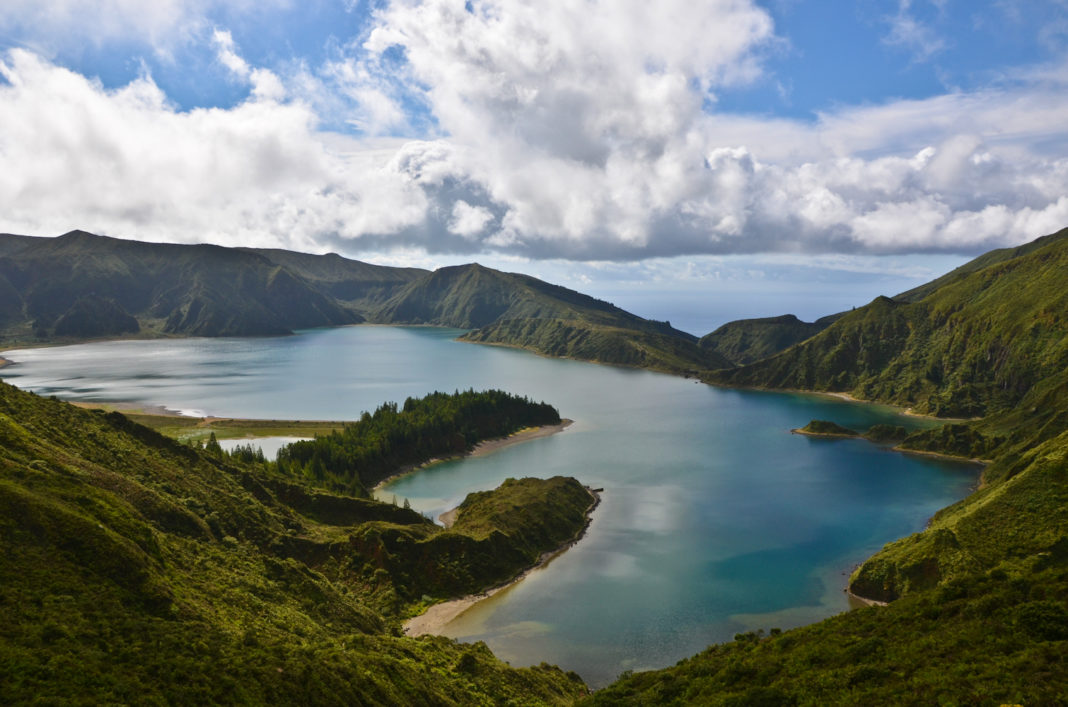A group of small islands, converging all the elements that any tourist destination desires, from affordable prices to spectacular scenery, rich cuisine, deserted beaches, dozens of roads within walking distance, and countless check-in scenic spots.
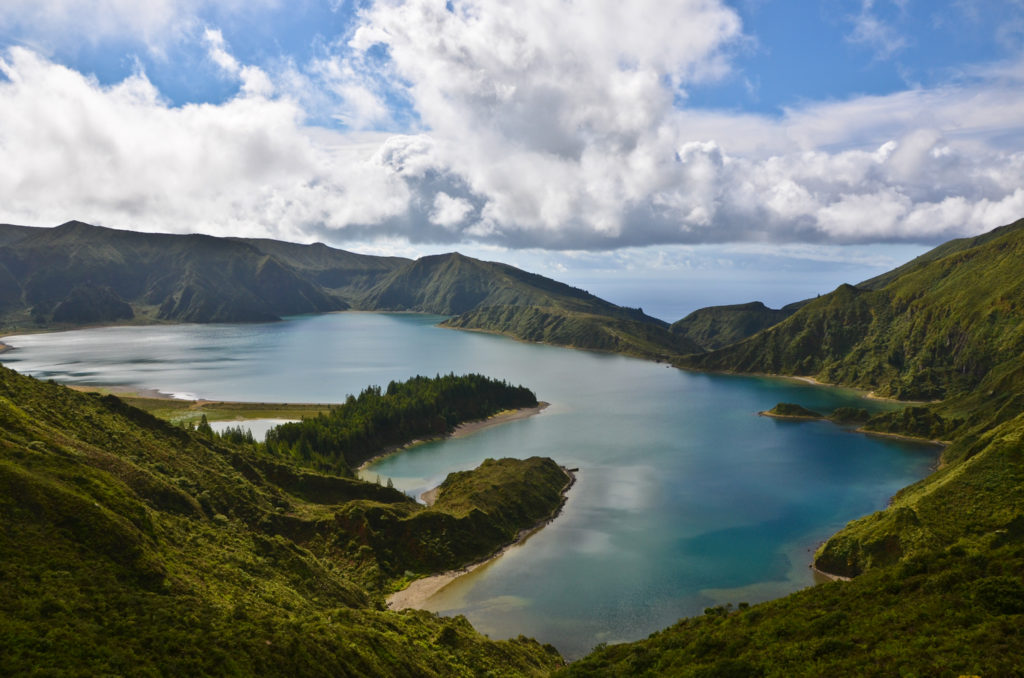
All of the islands here are of volcanic origin, and a few are formed from reefs like Santa Maria Island. Visitors to Sao Miguel, the largest island in the group of 9, cannot miss admiring the amazing natural scenery of two blue and green lakes located at the bottom of the Sete Cidades crater in the west of Sao Miguel island. These two lakes are located next to each other but have two different watercolors, separated by a poetic road.
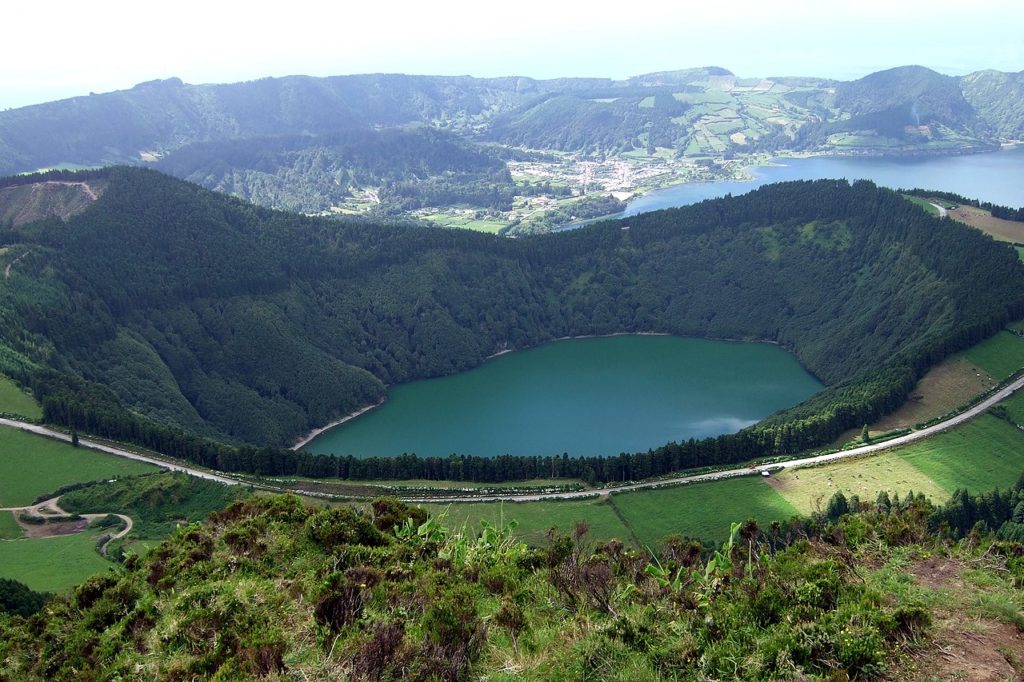
The island is a perfect destination for those who love trekking. You can rent a scooter, running on small asphalt roads, lined with coconut trees and sea breeze. The island is small, but it can take you a whole day to go from east to west, discovering all that this place hides.

The Azores are famous for their activities that take tourists to see whales and dolphins in the open sea because the archipelago is home to a third of the world’s mammal species. The year-round inhabitants of this sea include whales and dolphins.
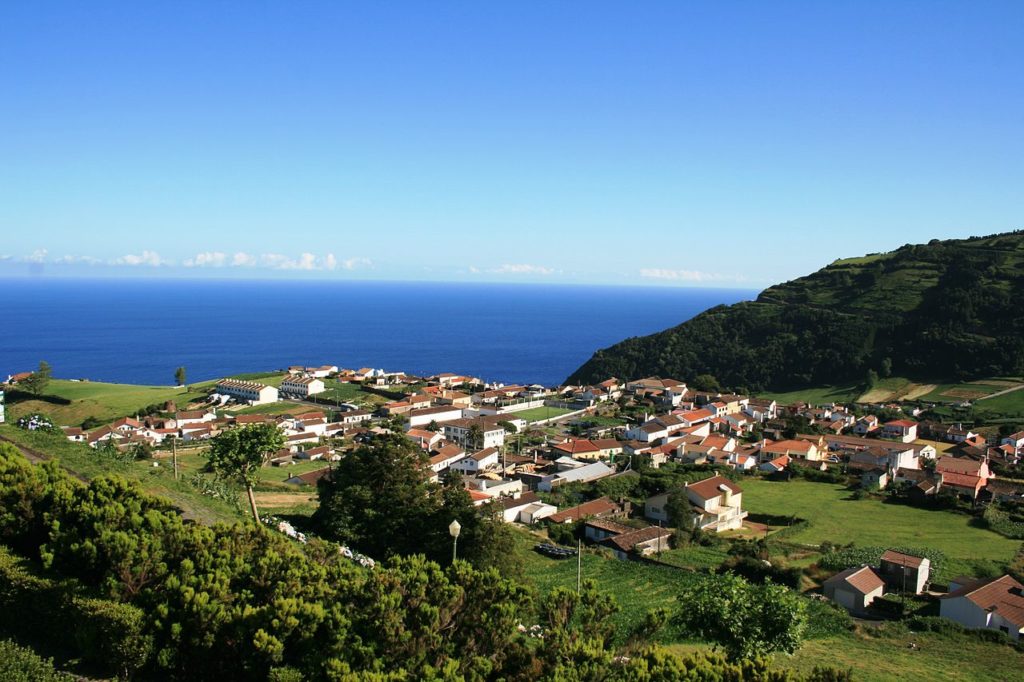
The Azores is a rare archipelago that owns two UNESCO heritage sites, Pico vineyards and the ancient city of Angra do Heroismo. The people on the island of Pico began to produce wine in the 15th century. Instead of cultivating vineyards with vines, they stacked blocks of basalt rock on top of each other, forming “currais” rock walls that protect the vineyards from water and sea breezes, while still ensuring the necessary amount of sunlight for the growth of the vine.
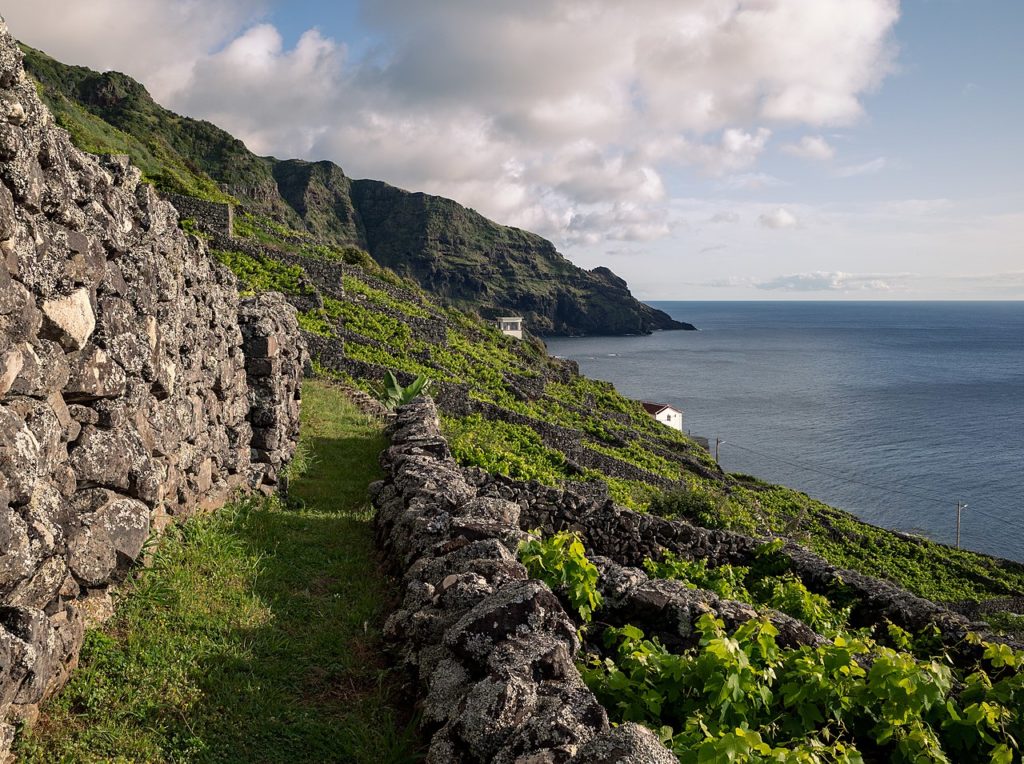
The most famous dish of the Azores – is a casserole cooked right in a volcanic ravine. Some other equally enticing culinary experiences taste elaborately prepared Azorean cheeses and drink plenty of high-quality Azorean wines.
According to the Internet





